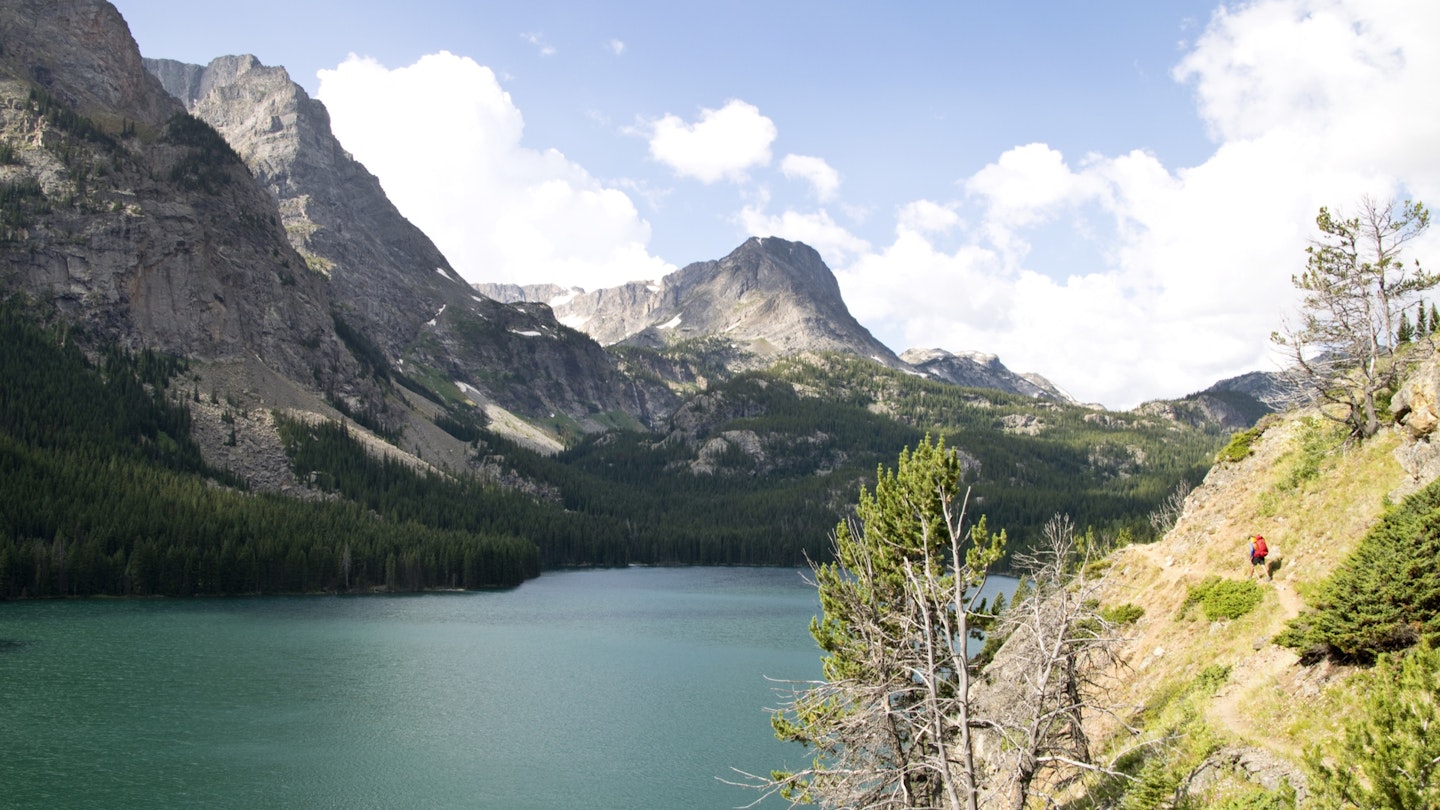Understanding Backpacking: A Comprehensive Guide
Backpacking isn’t a novel concept, yet it encompasses diverse interpretations. It typically refers to low-budget globetrotting, accompanied by a passport, ticket stubs, and a mix of fear and excitement. This adventure often leads travelers to affordable, vibrant destinations such as Thailand, Mexico, and South America. Alternatively, backpacking can represent rugged expeditions into the wilderness, whether for a weekend getaway or an extended trek along renowned trails like the Pacific Crest Trail, the GR20 in Corsica, or the historic Inca Trail in Peru.

In either form, backpacking serves as shorthand for an adventurous mindset, a subculture, and a travel style that is difficult to precisely define. When discussing backpacking, what do we really mean?
For many, backpacking conjures images of vibrant cities, serene beaches, hostels, and awe-inspiring architectural sites or UNESCO world heritage locations. You might unexpectedly find a new romantic interest from across the globe or discover a like-minded companion who was in your vicinity all along, brought together by an adventure that places them into a new perspective.
Along the way, you may face challenges like illness or minor accidents, adding to your repertoire of travel stories to share with friends back home or fellow adventurers in hostel common areas. Backpacking opens an array of new learning experiences, from mastering scuba diving to honing the skills needed for remote work in any available WiFi hotspot. Accordingly, to backpack is to immerse yourself in a wealth of new experiences.
The Origins of Backpacking
Backpacking also hinges on the essential gear; the term implies the equipment travelers depend on for agile movement from one locale to another. The backpack, originally designed for outdoor excursions, features rugged materials and is equipped with various straps, clips, and pockets to accommodate everything from trekking poles to casual attire for nightlife, depending on whether you’re aiming for mountain summits or vibrant social scenes.
The modern backpack is relatively new, originating less than one hundred and fifty years ago with a design from Duluth, Minnesota, made for hikers looking to portage canoes. The term became popularized around the early 20th century as outdoor recreation gained traction, especially among European alpinists. With innovative advancements like frames, zippers, and belts, backpacks have evolved to provide enhanced comfort, which consequently encouraged more individuals to embark on extended hiking endeavors, culminating in global travels from one country to another.
By the 1960s, backpacks became synonymous with international adventures, fueled by the introduction of guidebooks for budget travelers advocating light packing. Whether you’re trekking extensively with camping gear in tow or carrying maps, shower shoes, and souvenirs, the essence of backpacking is consistent—how can you experience as much as possible for as long as possible while making the most of your financial resources?

Away From It All
Backpacking encompasses a broad range of experiences, from mountain vistas and secluded desert hideaways to bustling museums and picturesque piazzas. Whether adventuring into the wild, exploring cityscapes, or savoring scenic railway views, the definition of “true” backpacking remains subjective. From the Torres Del Paine to the Hon Khoi Peninsula, and from vibrant night festivities to scaling Mount Kinabalu, the backpacking experiences are virtually limitless.
A backpack serves merely as a tool to help navigate life’s adventures and to hold the memories made along the journey. As you embark on your travels, remember that how you pack is entirely your decision. The world awaits—embrace the opportunities and experiences that backpacking provides.





